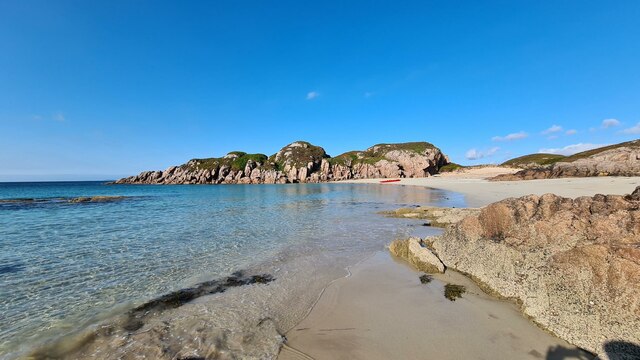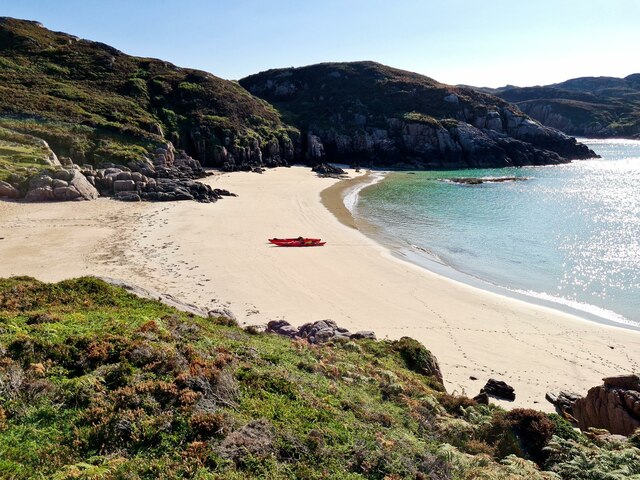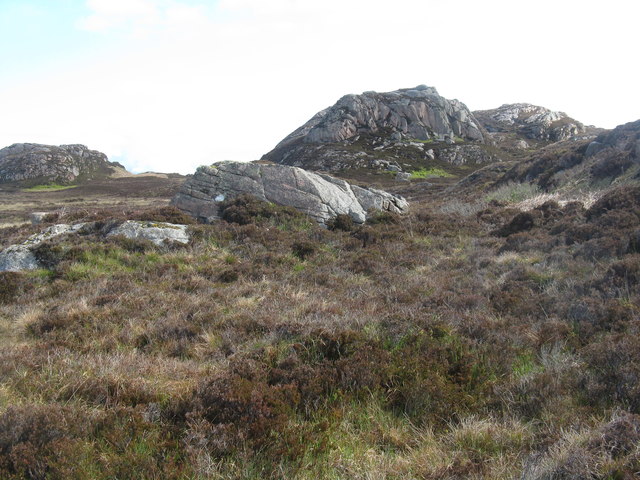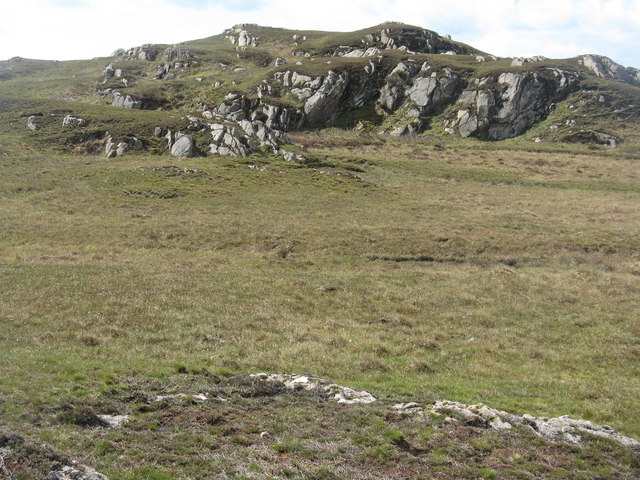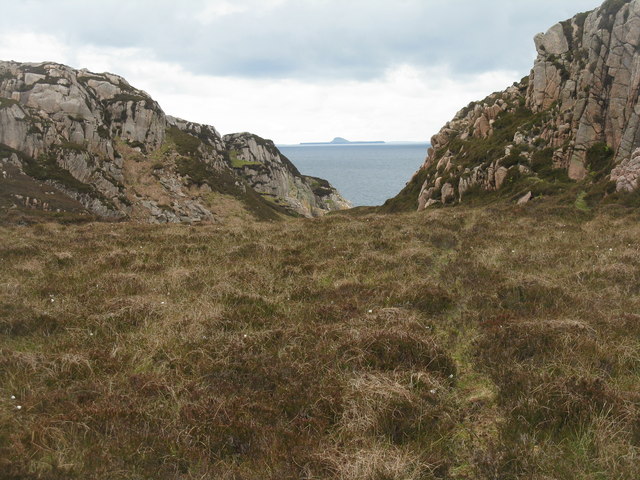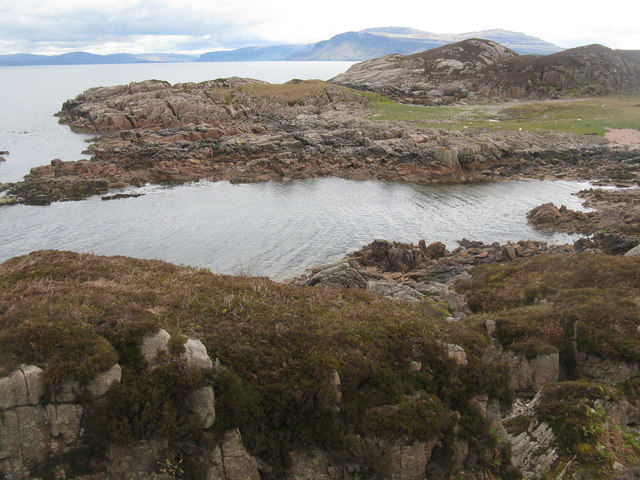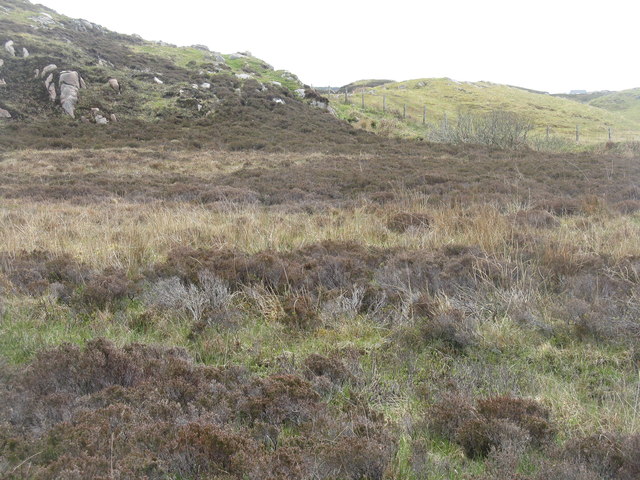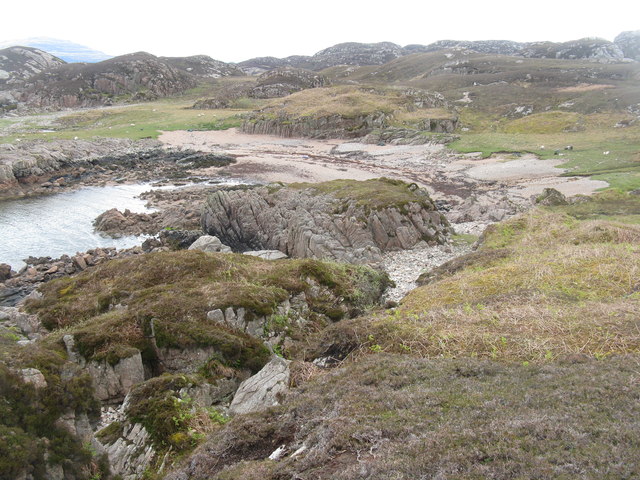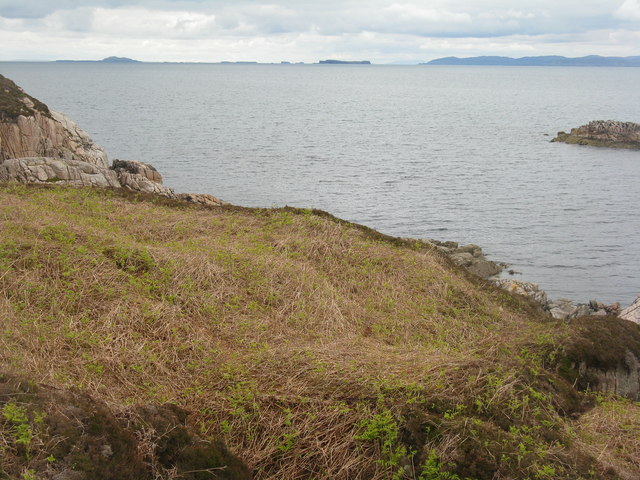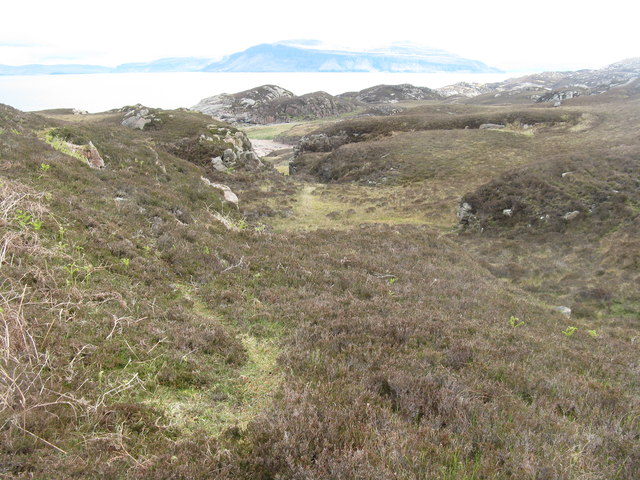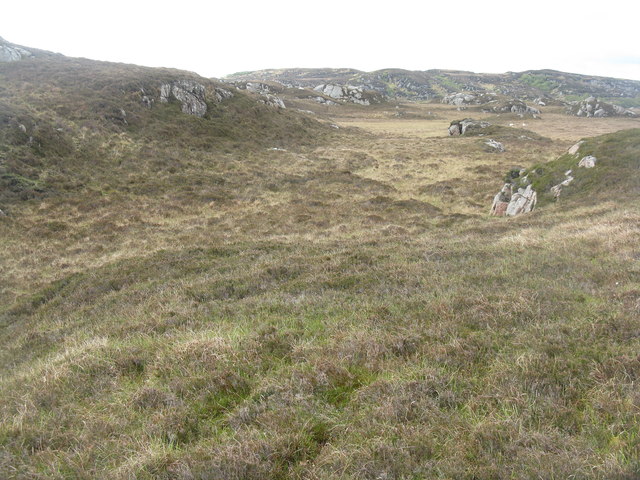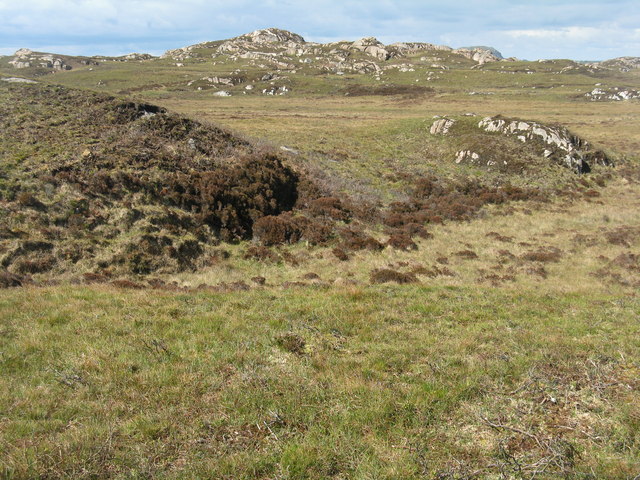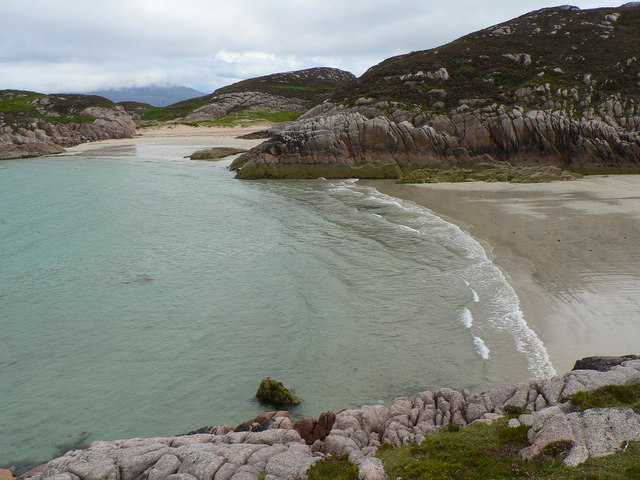Port nan Aighean
Sea, Estuary, Creek in Argyllshire
Scotland
Port nan Aighean
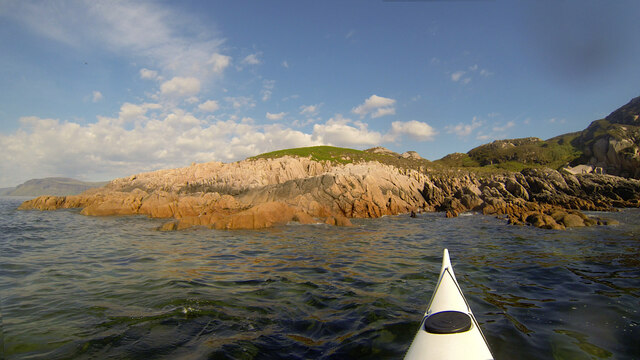
Port nan Aighean is a picturesque coastal settlement located in Argyllshire, Scotland. Situated on the west coast of the country, it boasts a stunning view of the sea, making it a popular destination for visitors seeking tranquility and natural beauty.
This idyllic port is nestled at the mouth of an estuary, where a small creek meets the sea. The estuary, with its calm and sheltered waters, serves as a natural harbor for local fishing boats and yachts. The creek, surrounded by lush vegetation and rocky outcrops, adds to the charm of the area.
The sea at Port nan Aighean is a prominent feature, offering breathtaking vistas of the open waters. The coastline is rugged and dotted with enchanting sandy beaches, providing opportunities for leisurely walks and beachcombing. The sea is also home to a diverse range of marine life, attracting nature enthusiasts and bird watchers.
The port itself is a small settlement with charming houses, some of which date back centuries. The community is tight-knit and welcoming, making visitors feel at home. Local amenities include a traditional pub, a few shops, and a seafood restaurant, where visitors can savor the catch of the day.
Port nan Aighean is an ideal destination for those seeking a peaceful retreat amidst nature's beauty. Whether it's exploring the estuary, strolling along the sandy beaches, or simply enjoying the serenity of the sea, this coastal gem offers an unforgettable experience for all who visit.
If you have any feedback on the listing, please let us know in the comments section below.
Port nan Aighean Images
Images are sourced within 2km of 56.343236/-6.3087467 or Grid Reference NM3325. Thanks to Geograph Open Source API. All images are credited.

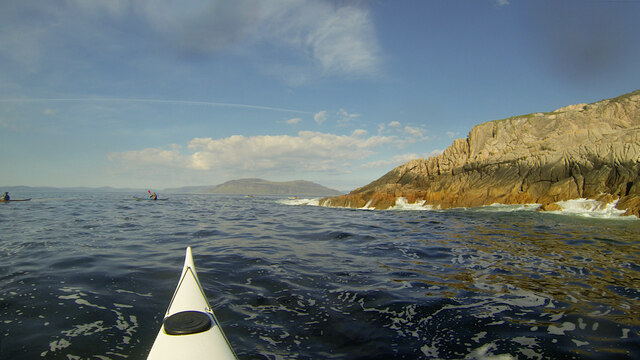
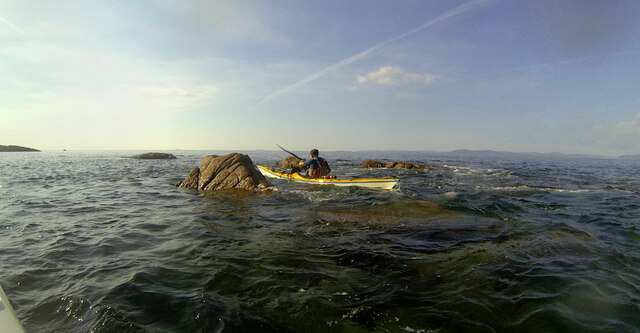
Port nan Aighean is located at Grid Ref: NM3325 (Lat: 56.343236, Lng: -6.3087467)
Unitary Authority: Argyll and Bute
Police Authority: Argyll and West Dunbartonshire
What 3 Words
///lure.punch.taller. Near Fionnphort, Argyll & Bute
Related Wikis
Camas Tuath
Camas Tuath (Scottish Gaelic: north bay) is an inlet bay on the Ross of Mull. The bay has two small tidal islands and two Quarrymans' Cottages which the...
Kintra
Kintra (Scottish Gaelic: Ceann na Tràgha), literally "country" in Scots is a settlement on the North-Western coast of the Ross of Mull, Scotland. The settlement...
Aridhglas
Aridhglas is a village on the Ross of Mull, Isle of Mull in Argyll and Bute, Scotland. == References ==
Fionnphort
Fionnphort (English: , Scottish Gaelic: [ˈfjun̪ˠafɔrˠt̪]) is the principal port of the Ross of Mull, and the second largest settlement in the area (its...
Nearby Amenities
Located within 500m of 56.343236,-6.3087467Have you been to Port nan Aighean?
Leave your review of Port nan Aighean below (or comments, questions and feedback).
